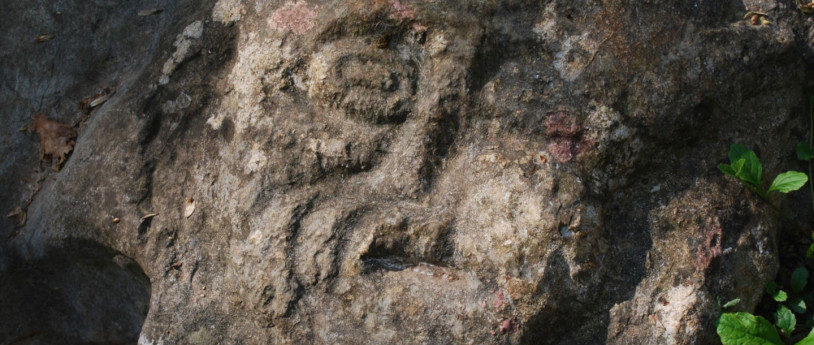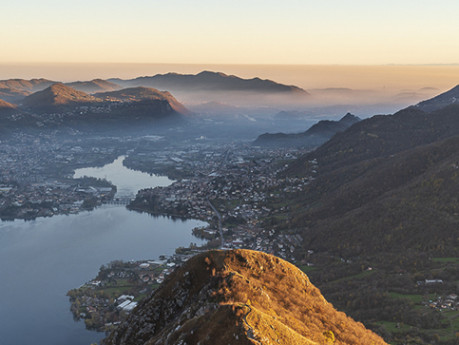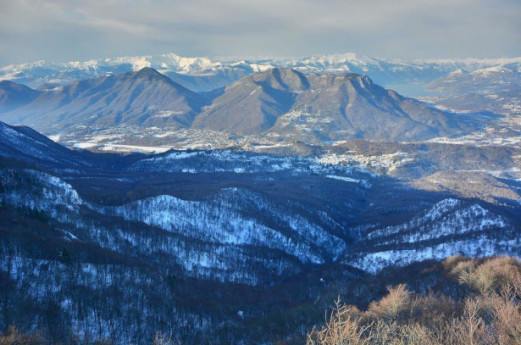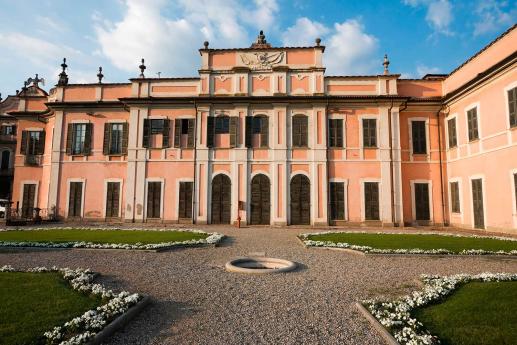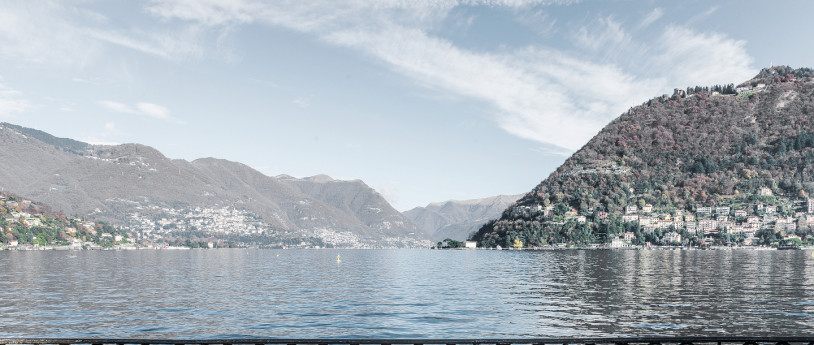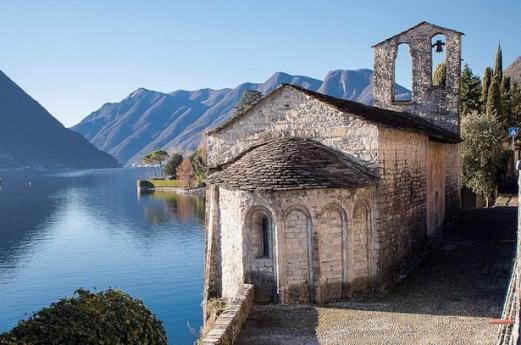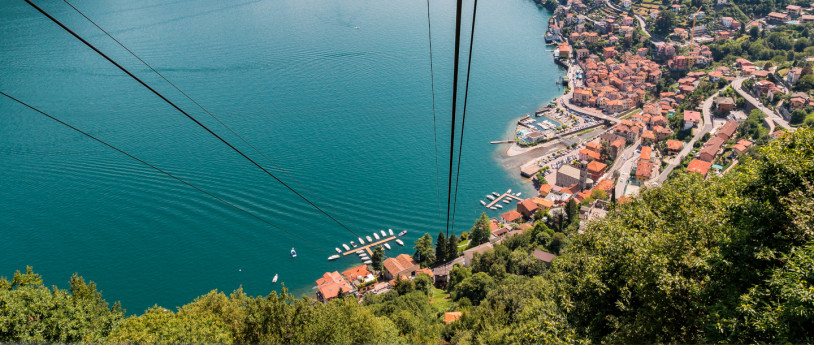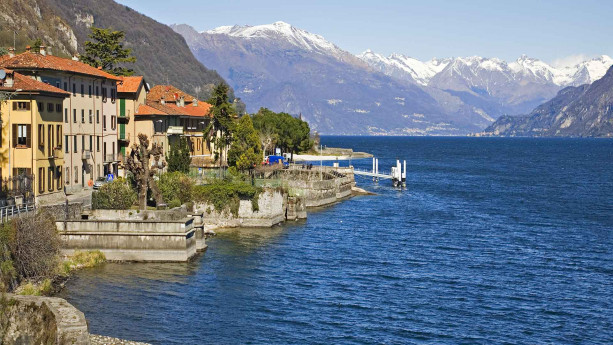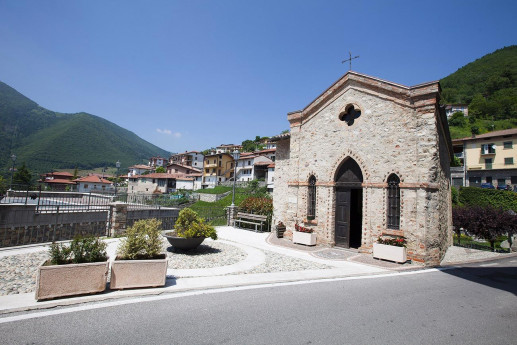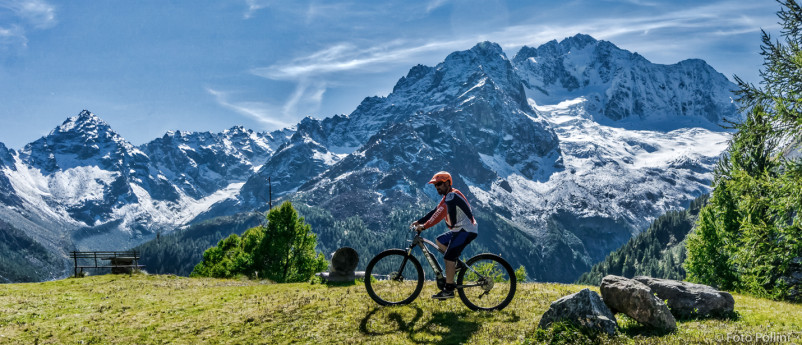Spine-tingling Lombardy: discovering 5 mysterious places in our region
Lombardy is an ancient land, steeped in history and full of charm: its welcoming and generous lands have been home to many different peoples and cultures: the Etruscans and the Umbrians until 400 BC, followed by the Gauls, Romans, Barbarians and Lombards, and then again, in more recent centuries, the French and Spanish. Their culture, traditions, customs and myths survive in the legends, the tales and the rural, architectural and religious works that tell us today about the lives and secrets of times past. Of course, the stories lose their detail over time, leaving gaps which are filled by mysteries. Here are 5 destinations for an unusual visit to Lombardy. In Rezzato (province of Brescia), for example, in the wood surrounding an ancient Franciscan monastery, hides a strange, centuries-old curiosity: it is said to represent the face of the devil... Face to face with the devil, at San Pietro in Colle In Brescian dialect they call it “Diaol” or “Mostasù”, meaning 'ugly face', and it is not easy to find. And it's even harder to understand. As you step deep into the wood on the hill where the Franciscan monastery of San Pietro in Colle (11th C) stands in Rezzato, you come to the Rasa path that leads from the building and takes you among the ancient trees, until you reach the large rock between the path and the slope. Look carefully, and carved into the rock you will see a disturbing bas-relief: "the face of the devil", a face that is half-human, half-beast, the guardian of this ancient spot. Numerous legends surround the face, some going back to the mysterious date (1798) engraved in the stone, relating to a man's death, and others saying that it is the very face of a demon and that witches' Sabbaths were held in the sacred wood. Between the faun and the satyr, Mostasù, more prosaically, resembles the Green Man, the Celtic guardian spirit of the woods, also known as Pan, the ancient god of fauna and fertility. How many ribs does a dragon have?The Santuario della Madonna di Sombreno in Paladina (1443) and the Romanesque Basilica of San Giorgio in Lemine, Almenno San Salvatore (1171), both in the province of Bergamo, share an extraordinary curiosity. From the roofs of these two ancient buildings, since the beginning of time, the ribs of a dragon have hung! Legend has it that these ancient relics belonged to the ferocious dragon that lived near the Brembo, later slayed by Saint George. A symbol of the victory of good over evil, the mythical dragon's ribs are, in fact,... those of a whale. A cetacean even older than the dragon, dating back 5 million years, to the Pliocene Epoch, when Lombardy was submerged in what is now the Adriatic Sea. Erratic blocks and rock tombs of the Lario Triangle In the areas of Torno and Blevio in the heart of the Lario Triangle (province of Como), two impressive blocks of rock, the mushroom-shaped Pietra Pendula and the Pietra Nairola, a large flat table jutting out of the mountain, attract the curious tourists. As the legend goes, the devil liked to play ball on the Pietra Nairola and the protruding, balancing part of the rock is the work of the Madonna. In fact, they are erratic blocks, large isolated masses of rock, transported from glaciers during the Quaternary Period. Some are natural monuments, recognised by the Region of Lombardy in 1984. In Torno, you will also find mysterious bathtub-shaped rock tombs (5th-6th Cent. AD) dug into erratic blocks: the tombs of Maas, Rasina, Piazz, Negrenza…
